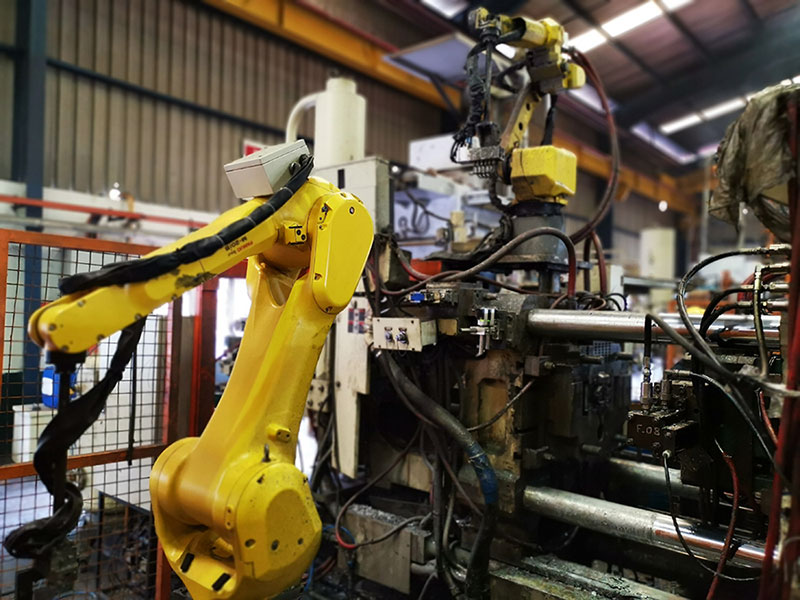Die casting is considered one of the most effective methods in modern manufacturing, delivering precision and versatility in a variety of fields. It is a fundamental process, casting involves injecting molten metal into molds, creating intricate shapes that have exceptional accuracy and surface finish. This process has revolutionized the production process, and has enabled the development of sophisticated components vital to aerospace, automotive electronic components, and more.

One of the paramount advantages of die casting is its capacity to make complex geometric shapes that have tight tolerances. Through the use of molds that can be reused, makers can replicate complex geometric shapes with little variation making sure that the same shape is maintained across the production run. This level of precision is particularly valuable in industries where reliability and component performance are essential, for instance medical devices and aerospace. Die casting allows the production of incredibly intricate designs and thin walls that are unattainable through other manufacturing methods that allow engineers to have unprecedented control in product design.
One of the main advantages of die casting is its capacity to make components that are extremely precise in dimension and surface finish. High pressure applied throughout die casting reduces porosity and guarantees uniformity. The result is parts that require no post-processing. This not only streamlines production but also enhances the quality of all parts. In addition, die casting has the ability to be used to accommodate a variety of alloys and metals such as zinc, aluminum, magnesium, and copper-based alloys also expanding its applications in a variety of sectors.
Alongside its accuracy and material flexibility The die casting process boasts speedy manufacturing capabilities. This makes it an an ideal choice for high-volume manufacturing. Its ability to manufacture thousands to millions of parts with minimal cycle times streamlines production processes, reduces the time of lead and increases overall efficiency. This flexibility is particularly useful in the fields that are characterized by massive manufacturing requirements, for example automobile manufacturing, in which die casting plays a crucial component in making engine parts such as transmission parts and structural elements. To gather supplementary details please go to Senadiecasting

In addition to its precision and flexibility, diecasting provides distinct cost-efficiency advantages, notably for production runs of high volume. Its speedy cycle times as well as the low amount of material waste and a low requirement for labor result in lower costs per unit in comparison to other processes for manufacturing. In addition, diecasting molds are durable and have a long lifespan and can endure thousands or perhaps millions of cycles, offering excellent return on investment in the long run. The cost savings make diecasting an appealing option for companies trying to increase efficiency without compromising on the quality.
Although it has many advantages, diecasting is not without its difficulties. Initial costs for tooling can be significant, particularly with complicated molds or alloys that require specialization. In addition, maintaining high-quality products requires careful procedure control and monitoring in order to limit defects, such as porosity, shrinkage, or imperfections on the surface. However, advancements in technology, such as computer simulations and real-time monitoring, have helped mitigate these challenges, enabling manufacturers to achieve better efficiency and guaranteeing quality.
Comments on “Die Casting Alloys: Understanding Material Selection for Optimal Results”